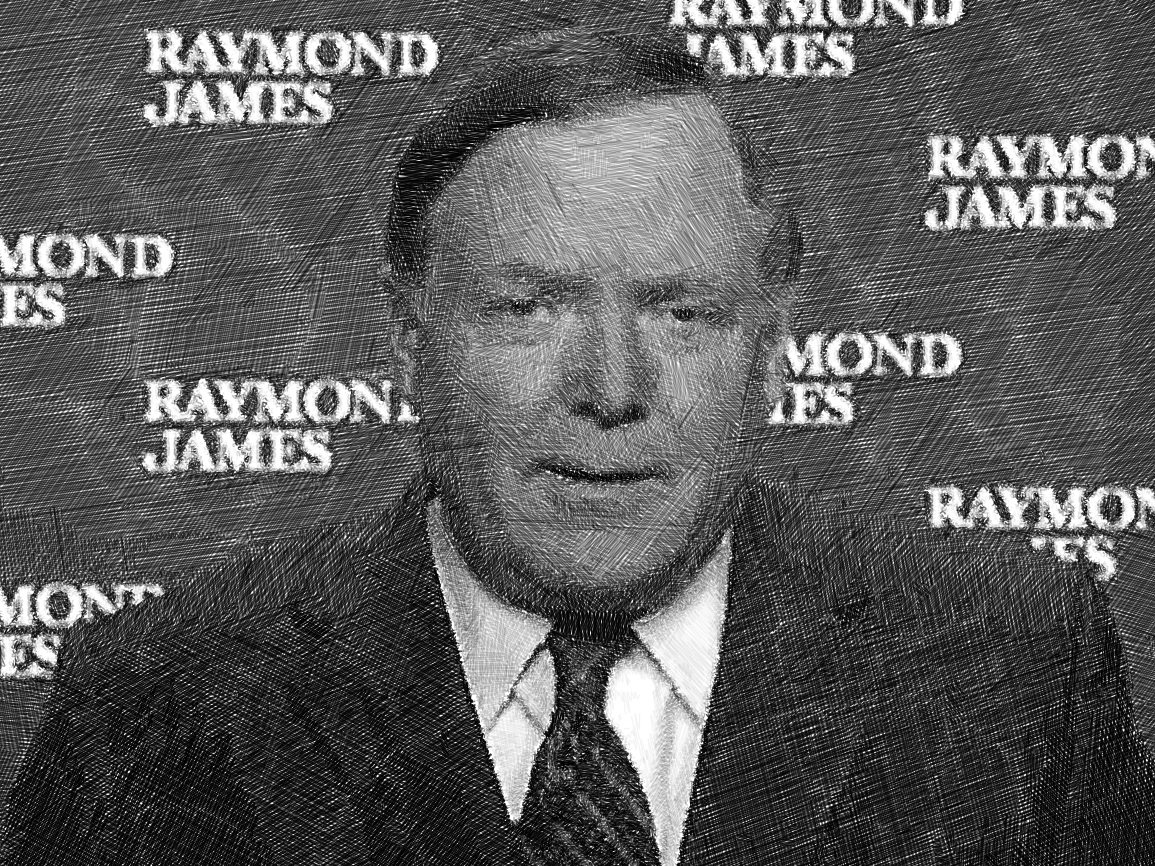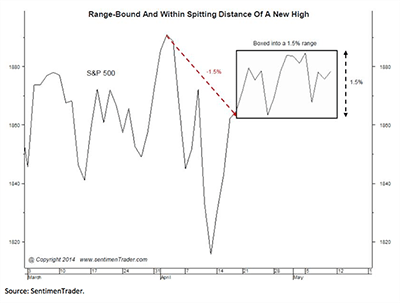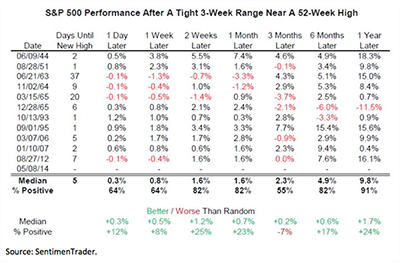“Old Turkey”
May 12, 2014
... it takes a good many years of study and market experience to fully realize the importance of the market's basic direction, that is, “Is it a bull market or a bear market?” “What do you think I ought to do?” Old turkey would cock his head to one side, contemplate his fellow customer with a fatherly smile and, finally, he would say very impressively: “You know it's a bull market.” Time and again I heard him say, “Well this is a bull market you know,” as though he were giving you a priceless talisman wrapped up in a million-dollar accident-insurance policy. And, of course, I did not get his meaning. It takes most of us years to “get his meaning,” to learn that the big swing is of utmost importance. Old Turkey, who appears on page 66 of Reminiscences of a Stock Operator, Ed Lefevre’s great stock market classic written in 1923, was one wise old bird who knew how terribly important it is never to lose sight of the main drive, the long-term direction.
Two paragraphs further along in the “Old Turkey” chapter are so basically important that I think they should be quoted here. “I think it was a long step forward in my trading education when I realized at last that when old Mr. Partridge (Old Turkey) kept on telling the other customers, ‘Well you know this is a bull market!’ he really meant to tell them that the big money was not in the individual fluctuations but in the main movements - that is, not in reading the tape but in sizing up the entire market and its trend. And right here let me say one thing. After spending many years in Wall Street and after making and losing millions of dollars I want to tell you this: It never was my thinking that made the big money for me. It always was my sitting. Got that? My sitting tight! It is no trick at all to be right on the market. You always find lots of early bulls in bull markets and early bears in bear markets. I've known many men who are right at exactly the right time, and began buying or selling stocks when prices were at the very level which should show the greatest profits. And their experience invariably matched mine - that is, they made no real money out of it. Men who can both be right and sit tight are uncommon, I found it one of the hardest things to learn. But it is only after a Stock operator has firmly grasped this that he can make big money. It is literally true that millions come easier after he knows how to trade than hundreds did in the days of his ignorance.”
“The reason is that a man may see straight and clearly and yet become impatient, or doubtful when the market takes its time about doing what he figured it must do. That is why so many men in Wall Street, who are not at all in the sucker class, not even in the third grade, nevertheless lose money. The market does not beat them. They beat themselves, because though they have brains they cannot sit tight. Old Turkey was dead right in doing and saying what he did. He had not only the courage of his convictions but the intelligent patience to sit tight.”
... Davis on Dow, by Benton W. Davis
I revisit the “Old Turkey” story this morning, which I first read in the classic book Reminiscences of a Stock Operator, about the escapades of Jesse “the boy plunger” Livermore, because of the reference I made to him last week that drew so many questions. The wisdom of “Old Turkey” is as good today as it was when first published in 1923. The problem with most investors today is that they have never experienced the 1923 – 1929, the 1946 – 1964, or the 1982 – 2000 secular “bull markets.” Their 1999 – 2012 “shared experience” is that you buy a stock and sell it when in it goes up 30% - 40% and then buy another stock to try and repeat the process. They have never experienced holding high quality, dividend paying, and stocks through a secular “bull market,” where the compounding of wealth is enormous. Indeed, as Old Turkey states,
Sitting tight! It is no trick at all to be right on the market. You always find lots of early bulls in bull markets and early bears in bear markets. I've known many men who are right at exactly the right time, and began buying or selling stocks when prices were at the very level which should show the greatest profits. And their experience invariably matched mine - that is, they made no real money out of it. Men who can both be right and sit tight are uncommon, I found it one of the hardest things to learn. But it is only after a Stock Operator has firmly grasped this that he can make big money.
“Sitting tight,” what a novel concept in an era of feeling the need to be an active investor punctuated by high frequency trading. “Sitting tight,” is something I have learned the hard way in over 43 years in this business. Case in point, if one would have bought Philip Morris stock on its IPO (MO/$40.20), and held it through all of the tobacco suits, they have made an absolute fortune (compounded with dividends). In fact, it has “smoked” everything else on the NYSE! That, ladies and gents, is the power of compounding wealth, with dividends, over a long-term secular bull market; and yes, I believe we are in a secular bull market.
Some of the powerful transformative trends that are providing the footing for this “bull” are discussed in Joel Kurtzman’s book Unleashing the Second American Century. To wit:
1) Soaring levels of creativity – No other country in the world, in such a short time, has created so many scientific, technological, industrial, commercial, financial, and artistic innovations. Not only has America’s creativity changed science and business, it has changed world culture.
2) Massive new energy reserves – America is headed for energy independence around 2020, and it is on track to be a net energy exporting nation by 2025. These new sources of energy can be used as fuels or turned into products. Imagine a future in which oil and natural gas wealth flows to our shores and not to the middle East, Russia, or Venezuela.
3) Gigantic amounts of capital – As a result of the Great Recession, business has renegotiated its debt, and businesses and individuals have become ultraconservative with capital. Trillions of dollars of investment funds are in private hands, waiting for the go-ahead to be deployed.
4) Unrivaled manufacturing depth – America makes a myriad of things, and now it will make more as businesses move to the United States to take advantage of abundant energy and capital and to tap into our vast reserves of intelligence and creativity.
Since mid-April the S&P 500 (SPX/1878.48) has been “boxed” in a 1.5% range and within spitting distance of a new all-time high (see chart on page 3). However, the carnage beneath the guise of the SPX near its highs has been intense with many of the high-beta stocks off 30%+. As stated last week, the average stock in the Russell 3000 is down about 15% from its recent high, while the average stock in the S&P 600 is lower by almost 19%. The average stock in the larger capitalization S&P 500 is off more than 9% and the stocks that make up the S&P 1500 are down nearly 14% on average from their 52-week highs. This internal correction could either be the prelude to the 10% to 12% pullback that historically the odds suggest will occur sometime this year, or it could be the set-up for a breakout to new all-time highs. I continue to think it will be an upside breakout. As the astute Jason Goepfert (SentimenTrader) writes:
Despite all of the volatility underlying "the market," the S&P has held within a 1.5% range from its highest to lowest close over the past three weeks, and it hasn't dropped any more than 1.5% from its previous 52-week high, even though it hasn't made a fresh 52-week high during this three-week stretch. While rare, this kind of setup has proved to be positive more often than not. The table on the next page shows the returns in the S&P 500 after the 11 precedents since 1928. It was rare for the S&P to fail from this kind of pattern. In fact, it never really happened (see page 3). On average, the index closed at a fresh 52-week high within a week. The longest it took was 37 trading days, and even then the maximum loss to get there was smaller than -4%.
The call for this week: I am in Montreal seeing institutional accounts and speaking at events. If past is prelude, the stock market will do “something” with me being out of the country. I continue to think it will break out to the upside given there is a full charge of internal energy and the McClellan Oscillator is oversold. Still, the fact that the Russell 2000 fell through its 200-day moving average last week, and the NASDAQ Financial 100 Index did the same, does not instill a lot of confidence. Nevertheless, I am inclined to give the upside the benefit of the doubt. Meanwhile, with 453 companies reporting, per share earnings for the S&P 500 are on track to improve by 5.9%. If Graham and Dodd’s estimated P/E formula is anywhere near the mark (P/E = 8.5 + 2x Growth Rate), the SPX’s correct P/E should be 20.3, not the 16.6 times it is currently trading for on a trailing 12-month basis. Recall Graham observed the average no-growth stock traded at 8.5 times earnings, and that P/E ratios increased by twice the rate of earnings growth, therefore 8.5 + 2(5.9%) = a P/E ratio of 20.3, or a price objective of 2781 for the SPX. While I think that is too optimistic, it does suggest the upside should be favored and that pullbacks are for buying. Most of the world’s markets are higher this morning with no impactful economic news due today and the Ukraine situation quiet. In the Ukraine there was a vote on independence, but the results are as of yet unknown. This week, however, we will see a plethora of economic releases here in the U.S.

















